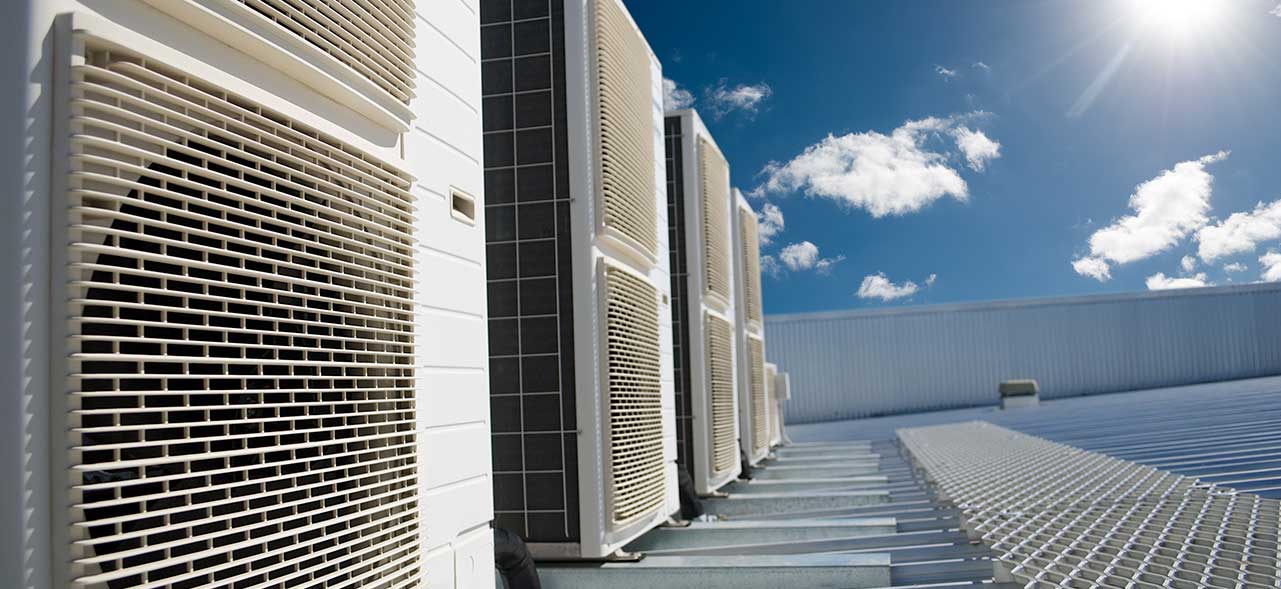
The Advisor Finder Report: Q1 2025
Welcome to the Q1 2025 issue of The Advisor Finder Report, a quarterly publication that surfaces the activity occurring on…
As an increasing number of business owners across the environmental and facilities services sector retire, investors are faced with an industry segment ripe with acquisition opportunities. Axial’s latest whitepaperfocuses on the factors driving subsectors of business services towards consolidation.
We talked to Peter Holton, Managing Director at Caber Hill Advisors, Eric Seifert, Executive Director of Business Development at SF&P Advisors, and Fred Silberstein, President at SF&P Advisors, for their thoughts on the current landscape of janitorial services, landscape services, and HVAC services.
Holton says that janitorial services is “definitely a sellers’ market.” This market is also geography-agnostic: “it’s all about revenue stream and company profitability.” He points to a preponderance of corporate buyers in the space, who focus on revenue base, profits, and where they can gain market space. In janitorial and other environmental and facilities services companies, “interest largely depends on the individual area as well as whether revenue is recurring or non- recurring,” says Holton.
For landscaping companies, attractiveness also depends heavily on geography. “If you’re in the Midwest, for example, private equity is most likely not going to be looking at your company — because of the snow service line variability,” says Holton. In these areas, the sector is still highly fragmented. “But the Southeast is booming for landscape services, and you’ll find PE paying anywhere from 5.5-7x EBITDA. It does happen in the Midwest, but it is rare.”
These geographies are increasingly consolidated. Holton points to private equity rm K.K.R.’s 2013 acquisition of the landscaping company the Brickman Group for $1.6 billion, and to Brickman’s subsequent 2014 merger with ValleyCrest Cos. KKR was one of the rst to break into the landscaping market, and other PE rms have taken notice and now are entering the marketplace. For baby boomer CEOs, seeing such a huge transaction could have incited them to explore sale, says Holton, or at the least seek out exit planning or valuation services. He also believes the deal signaled PE to enter the sector in larger numbers, creating more competition with traditional corporate buyers.
“We are definitely in a sellers’ market,” says Seifert of SF&P, which specializes in mergers & acquisitions in the HVAC industry. “There are a lot of buyers — what we need is more sellers.”
They note that “multiples have remained constant and are creeping up. We like to quote 3-6x EBITDA for our clients,” which they acknowledge is a relatively big range. They say every valuation relies on revenue stream and many other factors. “Sometimes contractors come in who aren’t making money or are breaking even or operating at a loss. 3-6x zero is still zero.”
HVAC services “has low barriers to entry. Anybody who goes to a trade school can be educated relatively easily. A lot of times these guys start out taking care of their neighbor’s house, then learn how become a plumber, get their license, do it our of their truck. They rely on word of mouth to survive on $100 grand a year.” President Fred Silberstein says the market is now divided among a multitude of these 1-2 man shops, along with a tier of $2-10m EBITDA players with 5-10 employees, and nally the “top-tier guys who dominate the market,” such as the Northeast’s Horizon Services, a $100M+ player.
These top-tier players, who tend to be service experts, are increasingly acquiring smaller shops, as are a growing number of private equity firms. “PE is definitely more numbers oriented, and we’ve found that their goals really vary from firm to firm,” says Seifert. Silberstein adds, “Some are much more founder-oriented and want to do everything they can to run and increase the business.”
Notifications
